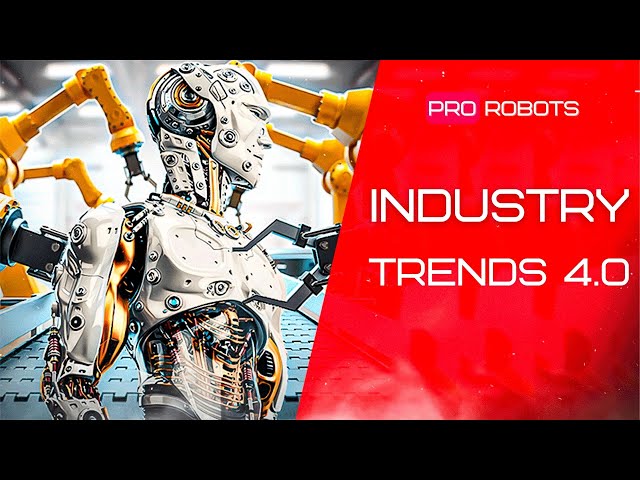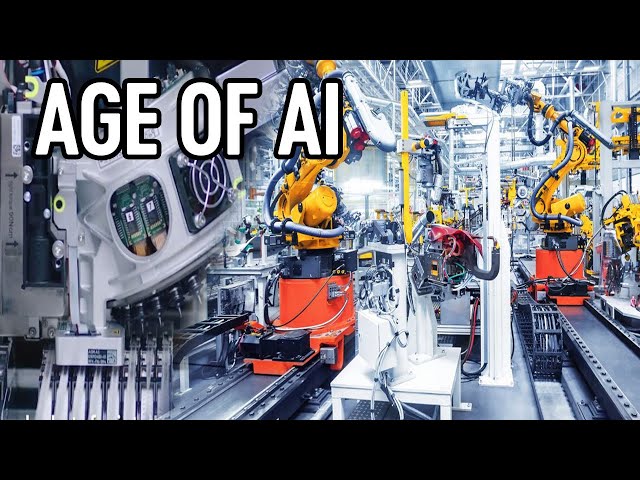What is IoT?
The Internet of Things (IoT) refers to the interconnected network of physical devices, vehicles, buildings, and other objects that are equipped with sensors, software, and network connectivity, allowing them to collect and exchange data. The sensors on these devices are able to gather data about their environment, such as temperature, humidity, location, or other factors, and transmit this data to other devices or systems via the internet or other networks.
The IoT allows these devices to communicate with each other and with external systems and platforms, enabling them to perform various tasks and functions automatically or on demand. For example, an IoT-enabled thermostat might be able to adjust the temperature in a building based on data from sensors, or an IoT-enabled car might be able to alert the driver to potential maintenance issues based on data from its onboard sensors.
IoT devices can be found in a wide range of applications and industries, including manufacturing, transportation, healthcare, agriculture, and home automation, among others. The IoT has the potential to significantly improve efficiency, reduce costs, and enhance decision-making in these and other sectors by providing real-time data and enabling automation and remote control of devices and systems.
Advantages and Disadvantages of Iot in SCM
There are a number of potential advantages to using the Internet of Things (IoT) in supply chain management (SCM), including:
- Improved efficiency: The IoT can help supply chain organizations improve their efficiency by providing real-time data and enabling automation and remote control of devices and systems. This can help organizations reduce waste, streamline processes, and optimize their operations.
- Enhanced visibility and traceability: The IoT can also provide greater visibility and traceability throughout the supply chain, helping organizations to track and monitor the movement of goods and resources in real-time. This can improve decision-making, reduce errors, and enhance the overall efficiency of the supply chain.
- Reduced costs: The IoT can help supply chain organizations save on costs by providing real-time data that can help identify cost savings opportunities, and by enabling automation and remote control of devices and systems.
- Improved customer service: The IoT can also help supply chain organizations improve their customer service by providing real-time data and enabling automation and remote control of devices and systems. This can help organizations respond more quickly to customer needs and requirements.
There are also some potential drawbacks to using the IoT in supply chain management, including:
- Security and privacy concerns: The IoT involves the collection and exchange of large amounts of data, which can raise security and privacy concerns. Organizations using the IoT in their supply chain must ensure that appropriate measures are in place to protect the security and privacy of their data.
- Complexity: The IoT involves the integration of a wide range of devices and systems, which can be complex to manage and maintain. This may require significant investment in training and resources.
- Dependency on technology: The IoT relies on technology and connectivity, which can be vulnerable to outages or disruptions. Organizations using the IoT in their supply chain must consider the risks associated with this dependency.
Cost Savings: Iot and SCM
There are a number of ways in which the Internet of Things (IoT) can help organizations in the supply chain industry save costs. Some examples include:
- Improved efficiency: The IoT can help supply chain organizations improve their efficiency by providing real-time data and enabling automation and remote control of devices and systems. This can help organizations reduce waste, streamline processes, and optimize their operations, leading to cost savings.
- Reduced labor costs: The IoT can also help supply chain organizations save on labor costs by automating routine tasks and enabling remote control of devices and systems. This can help organizations save on labor costs, particularly if the tasks are time-consuming or require significant resources to complete.
- Improved asset utilization: The IoT can provide real-time data on the performance and utilization of assets, such as vehicles, machinery, and equipment. This can help organizations optimize the use of their assets and reduce costs associated with underutilization or overuse.
- Reduced errors: The IoT can help reduce the risk of errors in supply chain operations, which can save on costs associated with correcting mistakes or recovering from errors.
Overall, the cost savings of the IoT in the supply chain industry will depend on the specific needs and operations of the organization, as well as the extent to which they are able to effectively utilize the technology to streamline and optimize their processes.
Ways IOT is being Used
- Manufacturing: Improve production efficiency, product quality, and predictive maintenance. For example, a manufacturer might use IoT sensors to track the temperature and humidity on its factory floor, so that it can ensure that its products are produced in optimal conditions.
- Transportation: Improve traffic flow, fleet management, and safety. For example, a city might use IoT sensors to track traffic conditions and adjust traffic lights accordingly.
- Retail: Improve inventory management, customer experience, and loss prevention. For example, a retailer might use IoT sensors to track the inventory levels on its shelves and automatically reorder products when they are running low.
- Healthcare: Improve patient monitoring, remote care, and clinical research. For example, a hospital might use IoT devices to monitor the vital signs of its patients and alert nurses if there are any problems.
- Agriculture: Improve crop yields, water management, and livestock monitoring. For example, a farmer might use IoT sensors to track the moisture levels in their soil and irrigate their crops accordingly.
Automation Quotes
- “Technologies that are emerging today will soon be shaping the world tomorrow and well into the future – with impacts to economies and to society at large. Now that we are well into the Fourth Industrial Revolution, it’s critical that we discuss and ensure that humanity is served by these new innovations so that we can continue to prosper.” ~Mariette DiChristina
- “Automation is not just about technology, it’s also about people and processes. Successful automation initiatives require a culture of continuous improvement and collaboration.” ~Chris Huff.
- “Past supply chain automation efforts will pale in comparison to the automation coming with IoT and Artificial Intelligence.” ~Dave Waters.
- “Automation is not a one-time project, it’s an ongoing journey. Organizations need to continually evaluate and optimize their automation initiatives to stay competitive.” ~Milan Sheth.
- “Automation is not a replacement for human intelligence, it’s a tool that can amplify it. Organizations that embrace automation will have a competitive advantage in the digital age.” ~Steve Koenig
- “Workflow automation enables organizations to achieve greater efficiency and consistency, while also improving the quality of their products and services.” ~Thomas M. Siebel
- “The real opportunity with digital transformation and automation is to reinvent jobs, to have them be more human, to work alongside machines.” ~Erik Brynjolfsson
- “Automation doesn’t have to mean the end of human work, but rather a new era of work that’s more fulfilling and meaningful.” ~Lynda Gratton
Industry 4.0 Learning Resources
- Automation Quotes by Top Minds.
- Emerging Technologies Improve Supply Chain: AI, AR, Blockchain, IoT, RPA, Robots…
- How to Eliminate Cost in the Supply Chain.
- What is Industry 4.0? Includes Resources.


